Triumph Speed 400 Review: It's a Triumph For All!
If the Speed 400 looks like a Triumph, is built like a Triumph, and rides like a Triumph, it must be a Triumph? Let’s find out. Moments after Bajaj-Triumph dropped the literal price bomb on the competition with the brand-new Speed 400 in India –
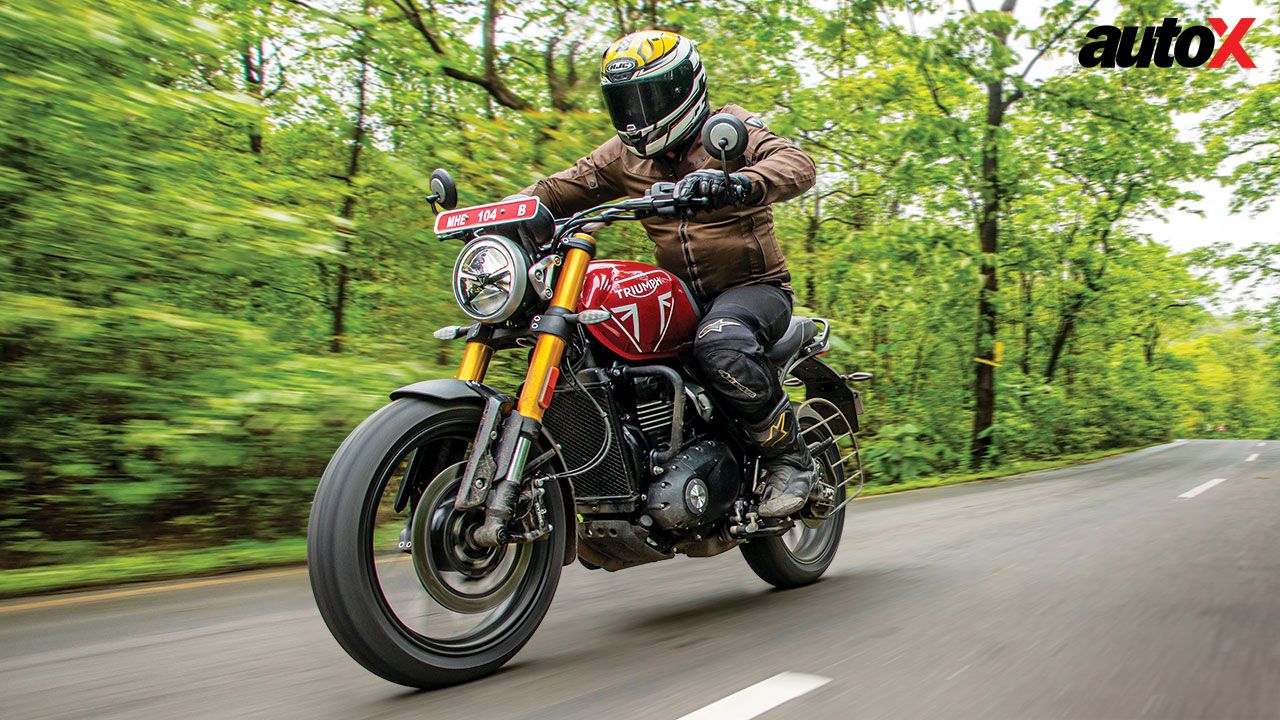
Moments after Bajaj-Triumph dropped the literal price bomb on the competition with the brand-new Speed 400 in India – and once we had all picked up our proverbial jaws off the floor – it was time for us journalists to get back to work. The job was to find out if this new made-in-India, made-for-India cut-price Triumph motorcycle is actually a Triumph or a Bajaj in a colonial outfit.
What’s the catch or compromise here? How have they done it? We were desperate to find out. So, the very next day after the launch event, we hit the road with what is now the most-affordable Triumph motorcycle in the world. And here’s what yours truly has learnt…
Triumph Speed 400 Design: Scaled-Down Classic
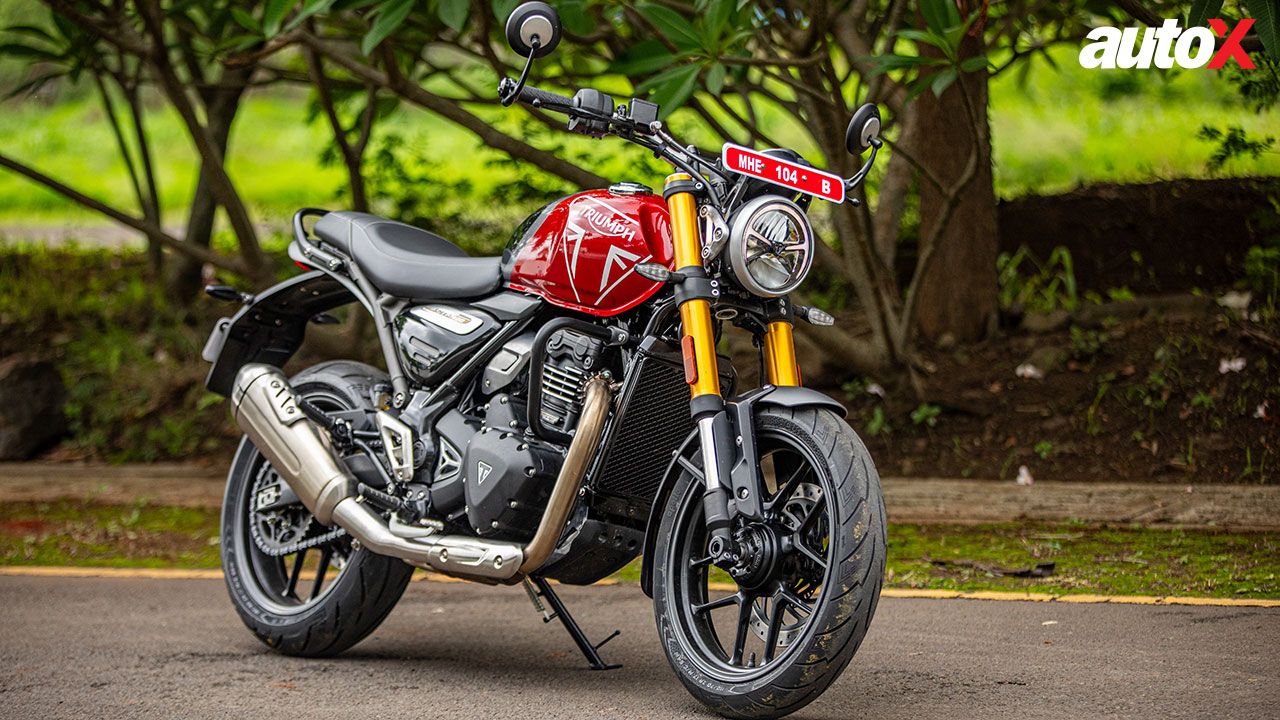
The Speed 400 draws inspiration from Triumph’s heavyweight modern classics, the Speed Twin 900 and Speed Twin 1200. Except for the size and the lack of a parallel-twin motor, the Speed 400’s design is almost identical to its bigger brothers. Elements like the round LED headlamp, stubby proportions, sculpted fuel tank, bar-end mirrors, golden USD forks, signature Triumph monikers, dual-tone paint options, blacked-out engine casing, finned cylinder head, upswept exhaust, and LED taillamp, all come together beautifully to make the Speed 400 a true scaled-down Triumph modern classic.
While the styling is spot-on, the fit-and-finish and attention to detail are even better – in fact, the Speed 400 is as good as any other Triumph in this aspect. Be it the paint finish or the switchgear quality or the general touch-and-feel of the components, Bajaj and Triumph have done an extraordinary QC job here.
In terms of size and dimensions, the Speed 400, with its 1,377mm of wheelbase, sits somewhere between the Hunter (1,370mm) and Dominar 400 (1,453mm). Tipping the scales at 176 kilos (kerb), it is six kilos heavier than the global version because of a couple of changes. The wheels, for instance, have been reinforced for Indian road conditions and, as a result, are heavier. And there’s a saree guard and a front number plate, which is required by the law here. Among other changes, the India-spec version comes with Apollo H1 or MRF tyres – both W-rated – and not Metzelers. Also, the fenders are wider on the India-spec version as well, and the grab rail design is slightly different.
The instrumentation is basic – you get what Triumph calls a dual-format setup, featuring an analogue speedo along with an LCD display, which includes a digital tach, a fuel range indicator, a gear indicator, and other tell-tale lights. There’s no Bluetooth connectivity or app-based navigation as we have come to expect in new motorcycles these days. That said, the Speed 400 is decently kitted out with electronics. You get switchable traction control, dual-channel ABS, ride-by-wire throttle, a USB Type C charging port tucked below the headlamp unit, and an inbuilt engine immobiliser.
Triumph Speed 400 Engine Performance: The Proof of the Pudding…
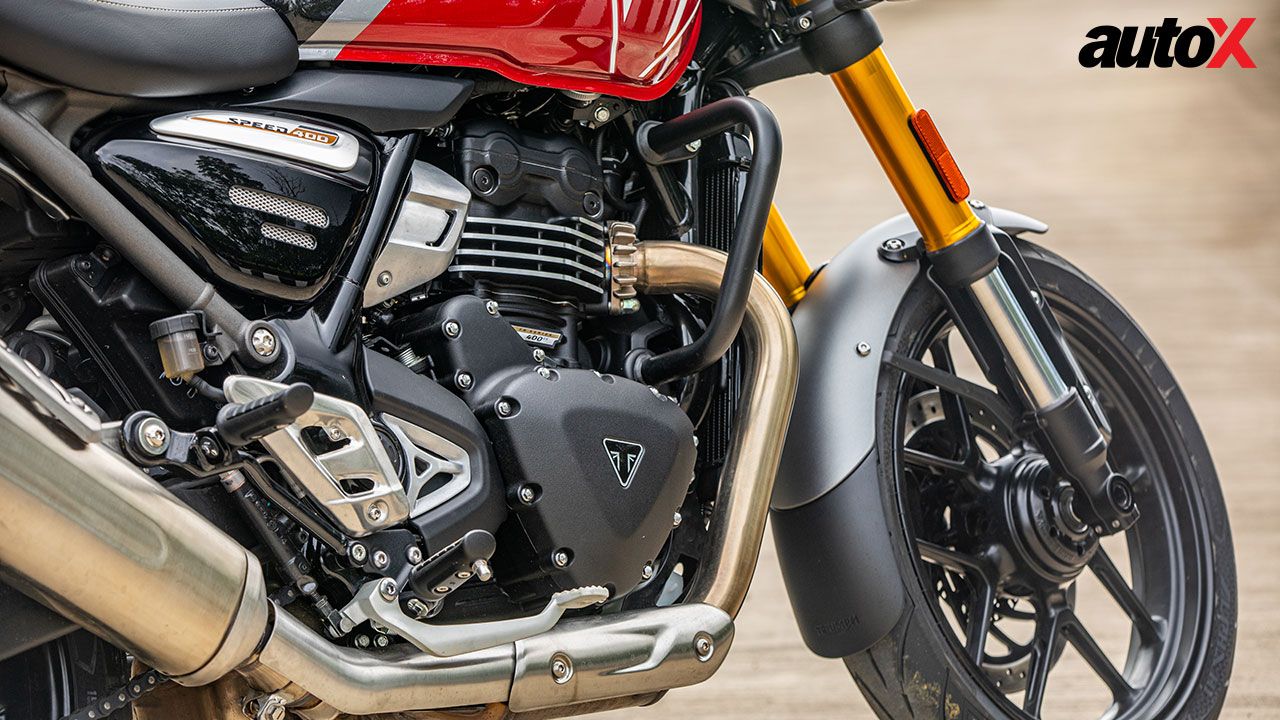
Does the Speed 400 ride like a Triumph? Let’s start with the powertrain. On duty here is an all-new liquid-cooled 398cc single-cylinder 4-valve DOHC motor, which develops 39.5bhp at 8,000rpm and 37.5Nm of torque at 6,500rpm. The engine is developed jointly by both firms, but we were told that Bajaj’s R&D team played a major role here. Now, let’s address the elephant in the room. Is this the same engine platform as the Duke 390 / Dominar 400? The answer is no, say both Bajaj and Triumph – ‘Apart from an identical bore size (89mm), there’s nothing common between the two engines.’ Even the engine innards are all-new.
The engine purrs to life in a refined manner and runs smoothly at idle. Until about 3,000rpm, you don’t really get the sort of poke you would expect from a torquey motor made for the ‘Classic’ application. However, once revved past the said threshold, it starts to play along enthusiastically. The mid-range – 3,500rpm to 7,000rpm – is where the meat of the powerband lies. The torque spread is quite even too.
Since it’s a short-stroke / oversquare motor, it revs pretty quickly. We first rode the motorcycle on Bajaj’s test track, and I found myself banging the rev-limiter on more than one occasion. You can whack the throttle open anytime, and the acceleration will be snappy, but at no point would it feel vicious – it’s more like controlled chaos. The traction control doesn’t feel overly intrusive and doesn’t cut off power abruptly – something that I hated on the bigger Trident 660.
On the track, I was able to hit a top speed of around 165km/h (speedo indicated), and it didn’t require much effort. The exhaust note is a bit flat at idle or low revs, but it goes deep and burbly when accelerated hard. I quite liked it!
When you are at it, the performance is explosive and addictive. However, this single-cylinder does have some peculiarities, especially when ridden in an urban environment. The engine is quite buzzy, especially between 4,000 and 6,000rpm, and you will feel the vibrations through the handlebar and pegs. Now, this gets highlighted only when you maintain a steady cruise or ride at a slower pace within the confines of a city. To be frank, I failed to notice the vibrations on the track. It was only when I rode it in the real world, in pouring rain, that I noticed it. Another thing that I had failed to notice on the track was the jerky throttle at low revs (below 3,000rpm).
The ratios of the six-speeder feel perfect both on the track and public roads – neither too short nor too tall. You can pick up pace from as low as 30km/h in 6th gear without lugging the engine. The shifts are super smooth, too, and the clutch action is feather-light. There’s no ARAI-certified fuel economy figure yet, but Triumph claims a real-world efficiency of close to 29km/l.
Triumph Speed 400 Ride & Handling: Swims like a Triumph

While there are some complaints about the Speed 400’s engine refinement, there’s absolutely no faulting its ride and handling. At least, I can’t! We were told that Triumph paid extra attention to tuning the suspension of the Speed 400, and it definitely shows in the final result. The Speed 400 is a tremendous handler – something that’s apparent right from the word go.
The suspension hardware comprises 43mm USD front forks and a 10-step pre-load adjustable mono-shock at the back. For India, it has been beefed up, meaning that the spring rates have been revised for a stiffer setup. This results in an unimpeachable front-end feel – it’s rock solid. The wide handlebar gives more leverage, and thanks to its short wheelbase, the Speed 400 is a quick-turning motorcycle. The stability is phenomenal, and the balance is such that you can do mid-corner corrections without upsetting the bike at all. The grip of the Apollo H1 tyres is remarkable as well – they aren’t a compromise in any way if you are wondering.
The rear shock has a relatively softer setting, and it does tend to react and move around while going over bumps and undulations at high speeds. Although, I thought it was something that could be fixed by adjusting the pre-load. Overall, though, the setup is simply brilliant.
On broken and bumpy roads, you will definitely feel the jitters from the front end, but given the confidence and control the Speed 400 provides to the rider, I can happily live with this trade-off. It’s also an easy and relaxed motorcycle to ride in and around town. The riding posture is fairly upright, and the saddle is well-padded. With a 790mm seat height, it’s also quite easy to manoeuvre and flat-foot in traffic.
Another highlight of the bike is the braking system. The precision, lever progression, and stopping power from the radially-mounted 4-piston front callipers are superb. Overall, it’s fair to say that the Speed 400 rides like a true-blue Triumph roadster, and I think that’s what matters the most!
Triumph Speed 400: Verdict
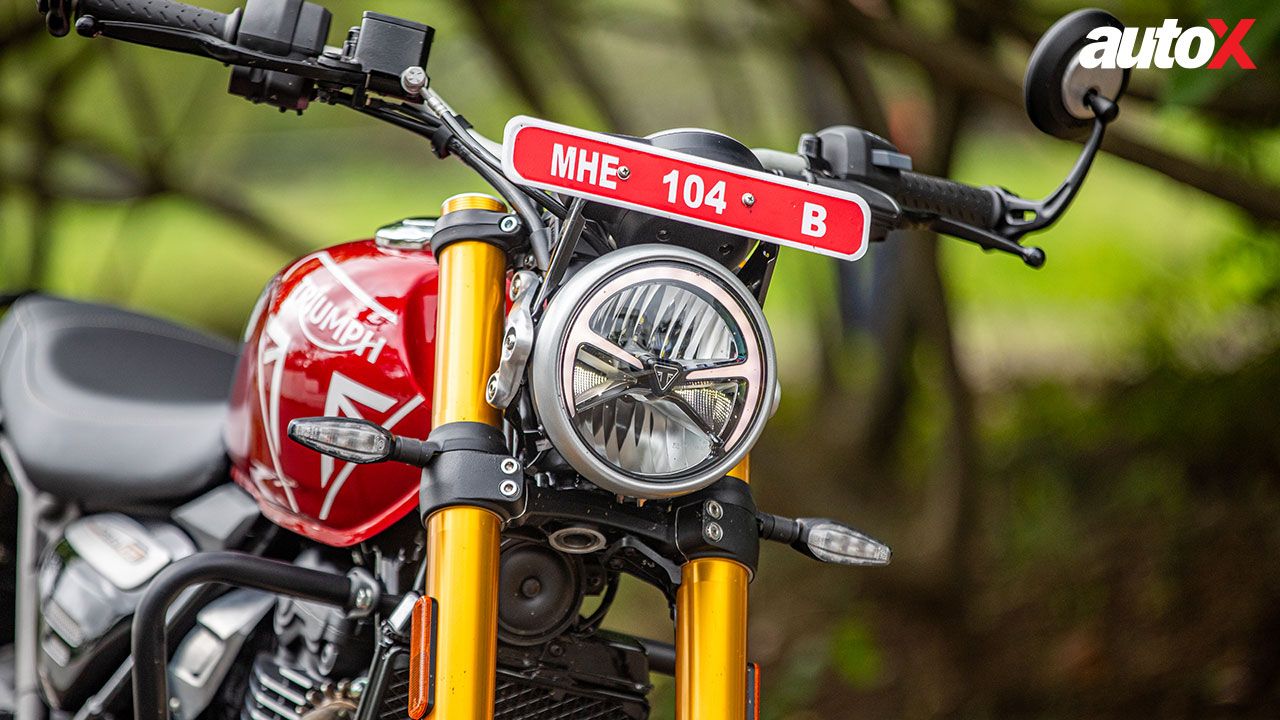
Well, just go buy it! That’s what I am going to do – put my money where my mouth is! The only doubt I have right now, though, is if I should go for the Speed or wait for the Scrambler because the latter, to me, sounds even yummier. A tough decision to make but, then, who’s complaining?
Also read,
Triumph Speed 400 Launched in India; Check Price, Features, Specs and More
Harley-Davidson X440 vs Triumph Speed 400 Specification Comparison: Which is Better?
Engine: 398cc / Single-Cylinder/ Liquid-Cooled
Transmission: 6-Speed
Power: 39.5bhp @ 8,000rpm
Torque: 37.5Nm @ 6,500rpm
Price: ₹2.23 Lakh (Ex-Showroom)
X-Factor: A true-blue Triumph that does virtually everything perfectly.
|
Pros • Design • Performance • Handling |
Cons |
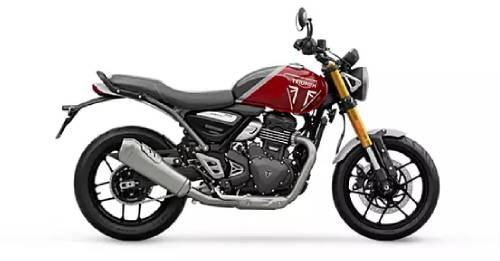
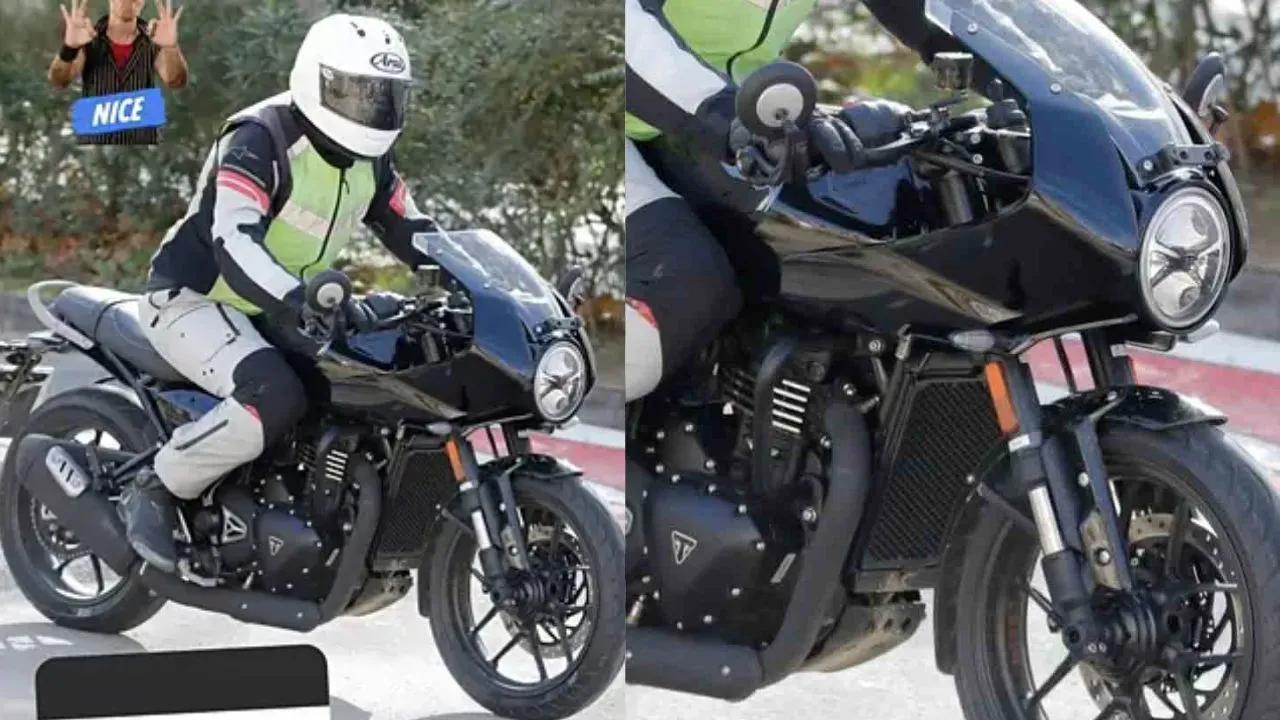
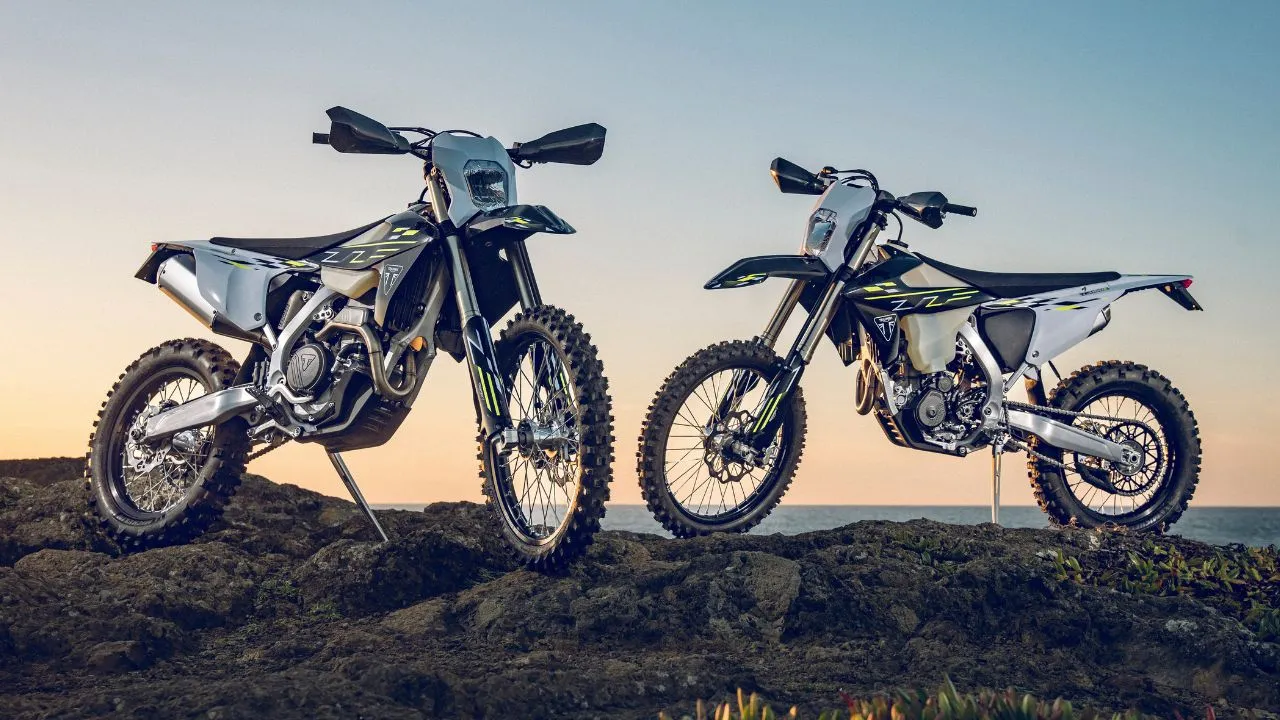

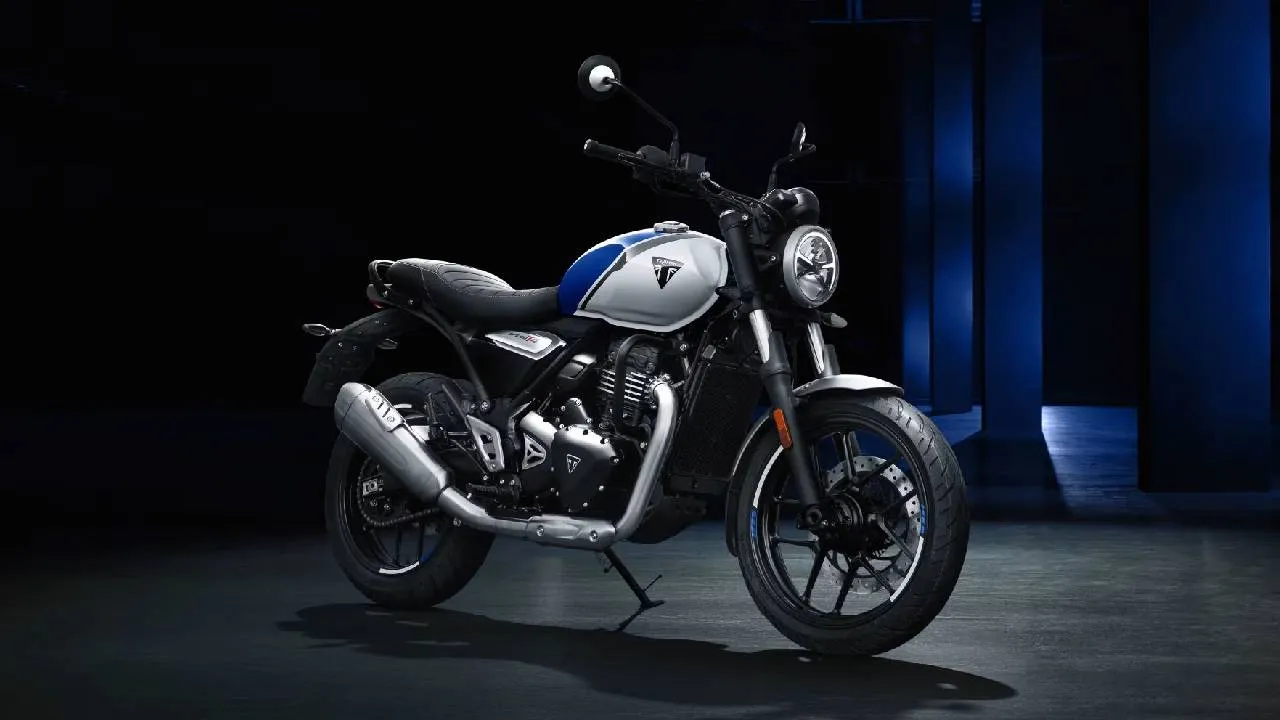



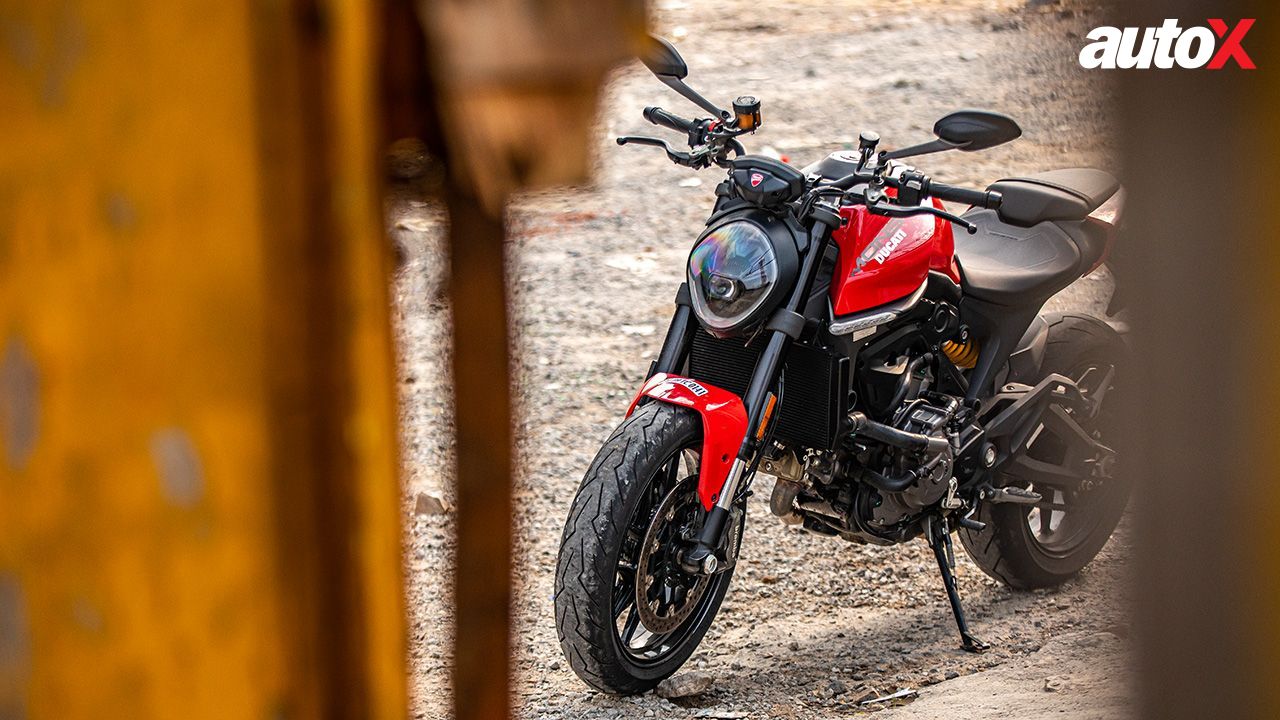
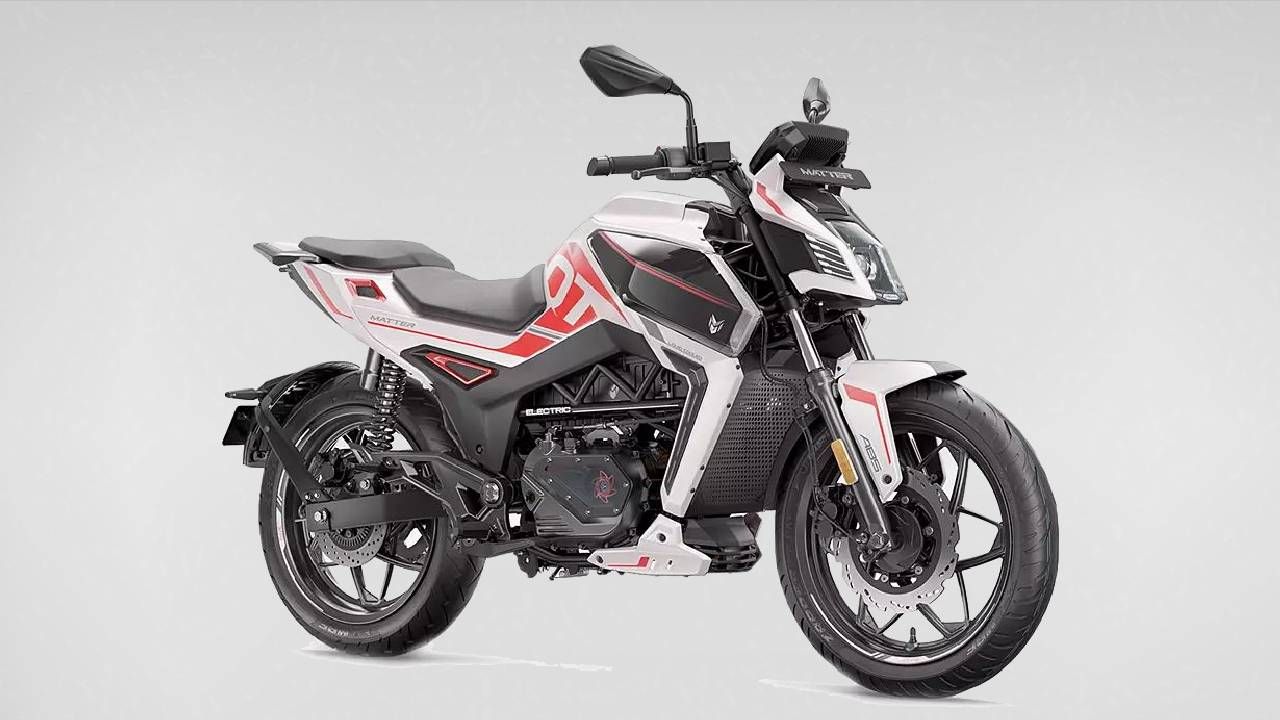





















Write your Comment on